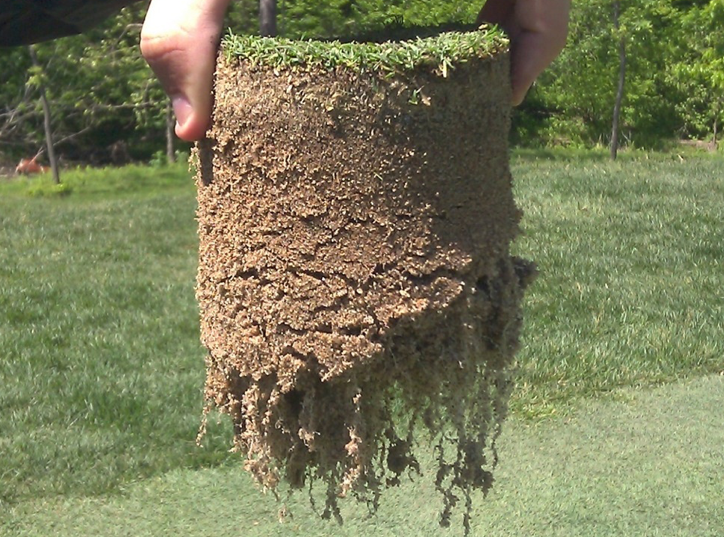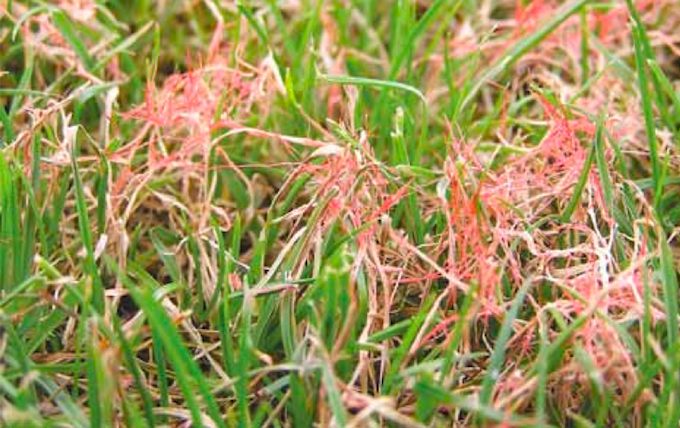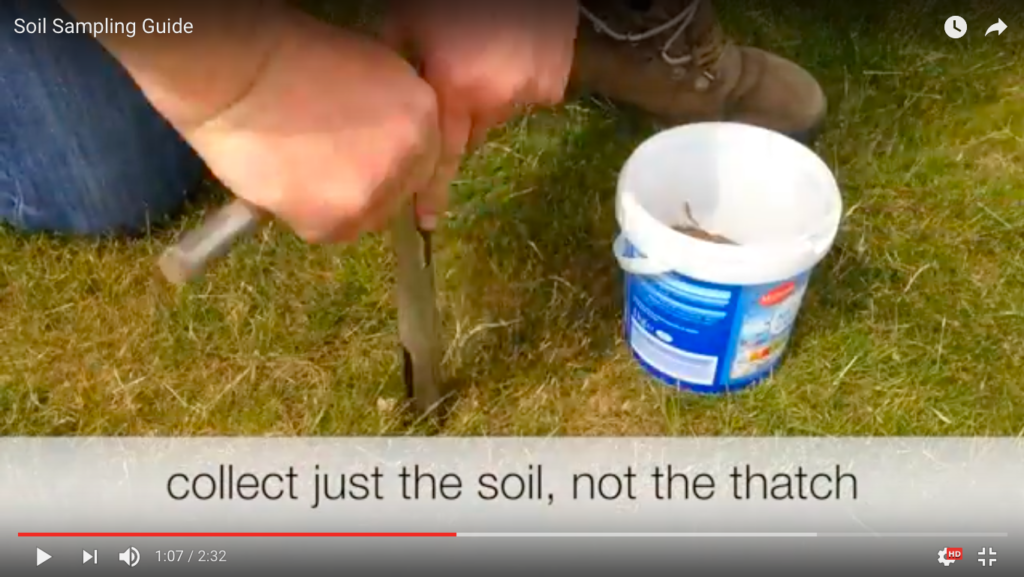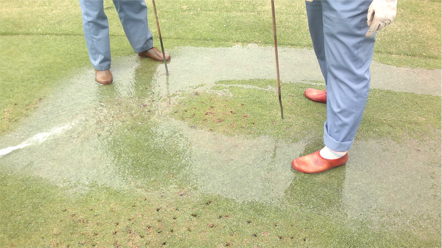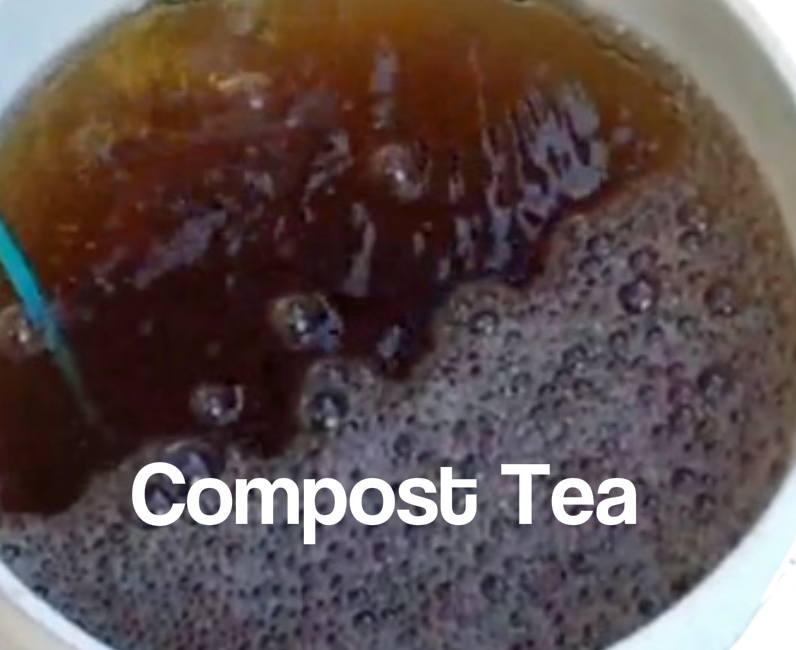As if by magic we've zoomed past the longest day already, but, the nights won't be drawing in, as my Mother used to say any time soon, so still plenty of nice light evenings to get out on the green.
Last month I talked about being vigilant for the common early summer disease problems like anthracnose and red-thread. It seems that was prudent as many clubs contacted me to say they had problems.
In Performance Greenkeeping tasks for July, I'm looking at the effects of weather fluctuations and share some timely advice on Localised Dry Patch, mowing, plant nutrition and an intensive, but cheap compost tea regime for struggling greens.
